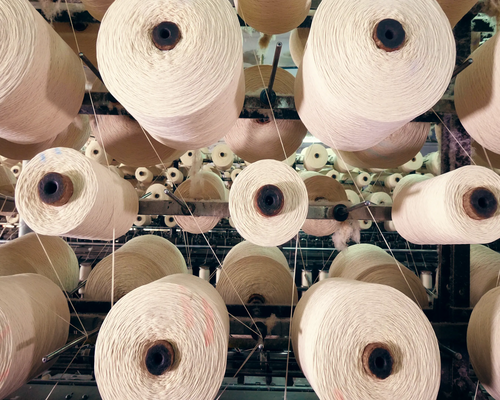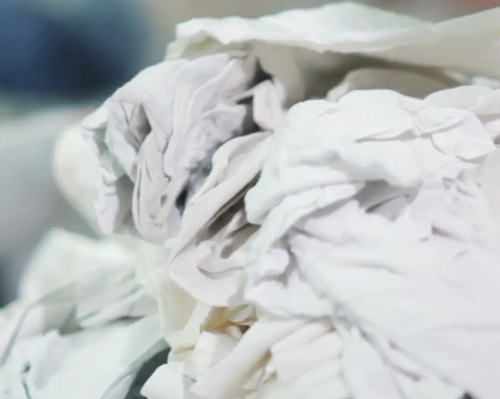Measuring and reducing water consumption
Involving suppliers in reducing resource use
DECATHLON has an impact on water availability due to the nature of its activities, making it essential that the company supports its suppliers in improving their management of this resource.
Water shortages could also impact the company financially, which is why DECATHLON is working to set up adaptation actions for its priority climate risks. These include the growing scarcity of raw materials and rising prices due to the impact of water stress, as well as production disruptions due to water shortages or poor water quality.
To reduce its vulnerability in the supply chain and limit its impact on the environment, DECATHLON has been carrying out various actions with its suppliers since 2021, including the Sustainable Textile Processing project with its 18 suppliers consuming the most energy, water and chemicals.
Since 2023, DECATHLON has been collecting data from its suppliers through the Resource Advisor tool and verifying the related process using its audit grid.
This helps the company to better understand how water is being managed throughout its network.
The reported data can be used to measure:
- Water consumption for domestic use
- Water consumption for industrial purposes
- The quantities of recycled water.
In 2024, DECATHLON began a research project in Mainland China to carry out an in-depth study of water use in the local supplier network. This choice can be explained by the number of suppliers located there, their water consumption and their maturity in reporting data concerning water use in their plants.
This study aims to identify and optimise the most significant areas in terms of water use. Ultimately, the goal is to create a proven method that can be duplicated at all DECATHLON supplier production sites.








